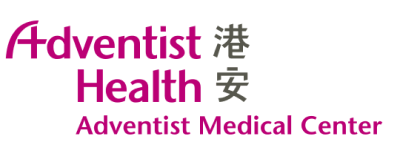Day Surgery Center Services
Day Surgery Center Services
With the advancement of medical technology, surgeries or physical examinations that had to be performed in hospitals in the past can now be completed without hospitalization, thereby reducing patients’ inconvenience. In order to cater the needs of the public, Adventist Medical Center is specially furnished with a Day Surgery Centre, providing quality and safe minor surgery and diagnosis services which include Oesophago-Gastro-Duodenoscopy (OGD), colonoscopy, cystoscopy, the diagnosis of cataract and more. The small operating rooms in the center are equipped with a variety of quality medical equipment and comfortable lounges for patients to rest after surgical treatments.
Adventist Medical Center - Lee Garden II
住所
26/F, Lee Garden II, 28 Yun Ping Rd, Causeway Bay
WhatsApp
- Please provide name and contact number in text message.
- Our Centre will contact you by phone to confirm.
- Do not send voice messages or graphics.
Email
Telephone
Adventist Medical Center - Taikoo Place
住所
19 Floor, Oxford House, Taikoo Place, 979 King's Road, Quarry Bay, Hong Kong
WhatsApp
- Please provide name and contact number in text message.
- Our Centre will contact you by phone to confirm.
- Do not send voice messages or graphics.
Telephone








